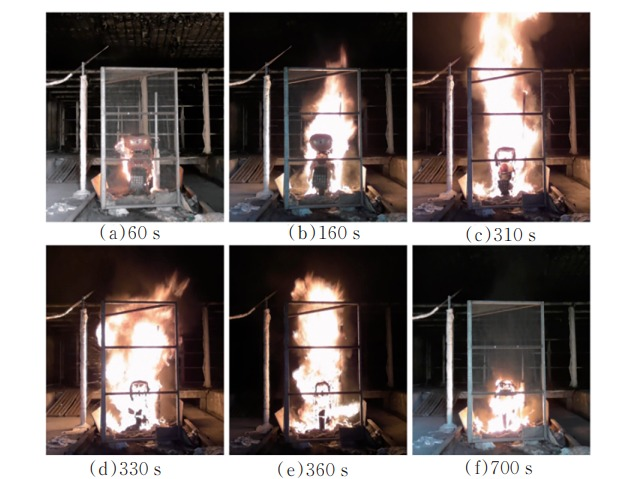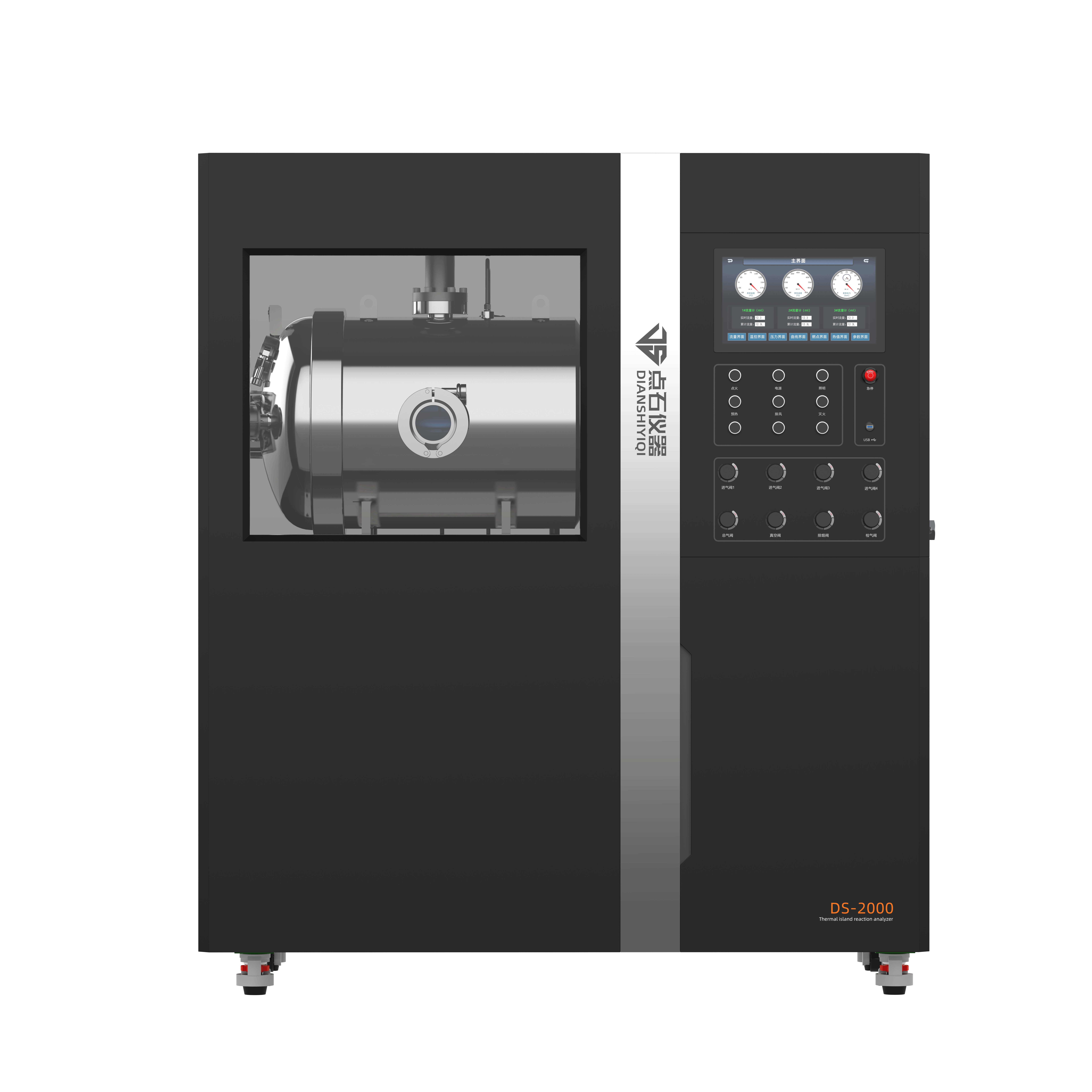更新时间:2024-08-02浏览量:64
Through the solid combustion test of ternary lithium battery electric bicycle, the development and spread process of electric bicycle fire are studied, and the typical characteristics of combustion phenomenon, temperature and flue gas change are analyzed. The results show that electric bicycle fire develops rapidly and accompanies jet fire and explosion during combustion. At 1m from the ground, the maximum measured temperature of the fire plume can reach 730℃, and the corresponding maximum heat release rate is 1290 kW. Through the assessment of flue gas toxicity, the effective dose percentage FED value was 1.8, indicating that about half of the people died in the flue gas hazard. In addition, the generated flue gas also contains a large number of flammable and explosive gases, in which the highest content of H2 is 2,300 μ L / L.
At present, the number of electric bicycles in China exceeds 350 million, which is the largest country in the world. With the rapid development of electric bicycles, electric bicycle fire accidents occur frequently. According to statistics, in 2022, the national fire and rescue teams reported more than 18,000 electric bicycle fires, up 23.4 percent compared with 2021. The electric bicycle fire has not only led to heavy property losses, but also caused a number of casualties, which has attracted wide attention from the society. The early electric bicycle batteries are mainly lead-acid batteries. In recent years, with the progress of lithium-ion battery technology, the proportion of electric bicycles powered by lithium-ion battery has increased year by year. According to the EV Tank forecast, the penetration rate of lithium-ion battery electric bikes will reach 56.40 percent by 2025. Compared with lead-acid batteries, lithium-ion batteries have a higher risk of fire and explosion. This is mainly because lithium is active metal, lithium ion is more active than lead acid; the energy density of lithium ion battery is about 5 times that of lead-acid battery, when the battery pack of the same volume is thermal runaway, the energy released by lithium ion battery is higher, resulting in higher risk of fire accidents. The electrolyte of lithium-ion battery is usually lithium salt and organic solvent. When fire, the electrolyte is ejected from the pressure relief valve and burns, thus forming the jet fire phenomenon, which is accompanied by a large number of toxic flue gas such as HP, SO2, NO and HCN. The thermal runaway process of lithium ion battery will produce flammable and explosive gases such as CO, H2, CH4, C2H4, and C2H6, which will lead to increase the risk of fire.

Burning process diagram of electric bicycle
[conclusion]
In this study, we studied the development and spread process of electric bicycle in the form of electric bicycle, and analyzed the typical characteristics of combustion phenomenon, temperature and flue gas change. The main conclusions are summarized as follows:
(1) The fire spread speed of the electric bicycle is fast, heating up rapidly in a short time, and it is accompanied by multiple jet fires and explosions in the combustion process.
(2) At 140s, the battery surface temperature reaches 585℃, and at 310s, the battery relief valve opening causes jet fire, and the battery surface temperature reaches 700℃; the fire ume temperature at 1m above the ground reaches 730℃, and the corresponding heat release rate can reach 1290kw.
(3) The toxic gas released by electric bicycle fire mainly includes VOC, CO, HCN, SO, HS, and the volume fraction of VOC, CO and HCN is high, respectively 550,480 and 280 μ L / L. After calculation, the effective dose percentage FED value is 1.8, indicating that about half of the personnel lose the flue gas toxicity; the flammable and explosive gas has the highest H and the highest volume fraction of 2300 μ L / L.
(4) Considering the fire risk of electric bicycles, it is suggested that relevant departments strengthen safety supervision and fire control publicity to prevent the phenomenon of "people and cars sharing"; fire alarm and fire extinguishing system should be installed in parking places to ensure the smooth ventilation in the places and reduce the casualties caused by fire smoke toxicity.
[Point-stone instrument battery comprehensive performance test module: focus on battery safety performance test]
Point instrument independently developed battery comprehensive performance experiment chamber can realize a variety of environmental elements (temperature, pressure, atmosphere) coupling, the battery test (acupuncture, extrusion, overcharge, discharge, short circuit, temperature cycle, ignition, fire) for monomer battery and small battery module comprehensive performance test (thermal performance, electrical performance, safety, reliability).

The battery comprehensive performance laboratory module can provide the experimental conditions that meet the following tests:
(1) Charge and discharge and safety performance test of batteries under high temperature / low temperature, high pressure and low voltage environment;
(2) Battery performance decline process test under different environmental conditions;
(3) Thermal safety performance test in different failure modes of battery units;
(4) Battery fire performance test in a protective gas environment;
(5) Test of battery fire development process and characteristic parameters in a closed environment;
(6) Fire extinguishing performance test of lithium battery fire extinguishing materials;
(7) Composition and concentration test of various gas products in the process of thermal runaway of lithium battery.
Strong compound
Support the superposition of single environmental elements and test items (such as ambient low temperature + short circuit);
Support the coupling of multiple environmental elements and test items (such as high pressure + ambient high temperature + oxygen rich + acupuncture).
Good safety
Safety protection system to ensure the safety of equipment and personnel.
Alarm temperature: 150℃
Pressure relief pressure: 10bar
Burst pressure: 12bar
Cavity surface temperature: 100℃
Leakage protection: IΔn(A)≤0.03A
Action time: t≤0.1s
With overload and over-current protection